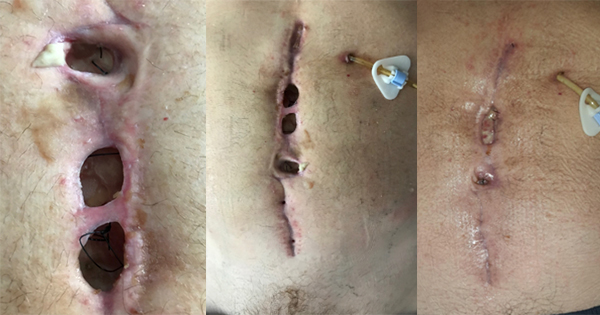The father of the modern wound dressing, George Winter (1962), could not possibly have perceived how his research in the 1960s would lead to the plethora of wound dressings available today. The insight he provided into wound physiology spawned the development of a new generation of products adhering to the concept of moist wound healing.
With literally thousands of products now available and more being added each week, often the only way for the clinician to keep up-to-date is to read relevant literature on a regular basis.
It is common practice for an author to cite references from the literature in order to support statements. The provenance of the references used may well have an impact on the publication’s veracity. With this in mind, where do citations using ‘data on file’ as the source leave the author and the reader? ‘Data on file’ refers to data or information that the owner (usually a commercial company) has compiled but has not published. The data on file may be requested by the reader from the owners, but information on the precise means of accomplishing this is not usually included in the reference list. This means that in many circumstances the reader has to take the reference at face value. One may well question the value of this level of evidence and begs the question: are such citations justified? It is reasonable to ask could a clinical decision be made based on such evidence? In the era of evidence-based practice, where does this leave the academic, researcher, clinician and patient?






